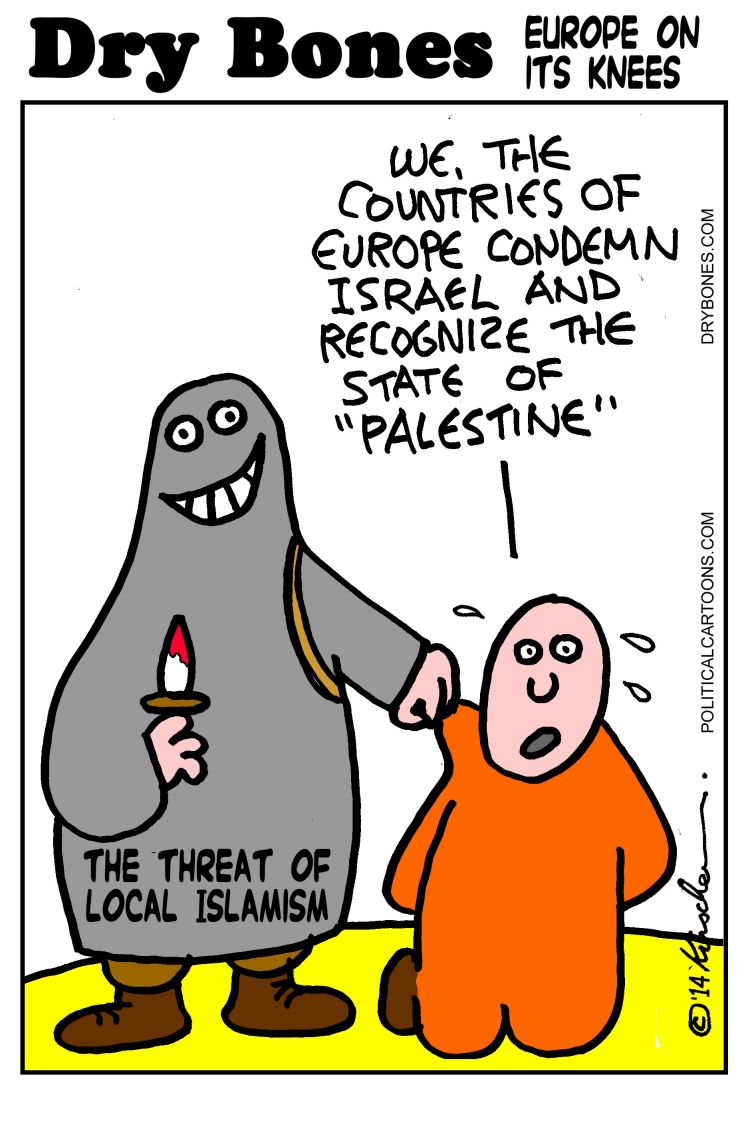On Twitter, Ben Kurt asked me, “Why do American synagogues often have the Israeli flag next to the ark or on a pole? I've never seen it one single time in a European synagogue.”
It appears that the custom of (usually non-Orthodox) synagogues, as well as churches, to display any flag at the front of the sanctuary happened during World War I as they displayed American flags as a show of patriotism for the US war effort. Some synagogues decided to also add the Zionist flag on the other side of the ark, perhaps out of a sense of aesthetics as much as a declaration of support for Zionism.
On May 9, 1931, a writer at the Reform Advocate expressed unease at the idea of either flag in synagogue, especially the Zionist flag, worried that it would make it appear that Jews had dual loyalties – even before Israel was reborn!
Despite these misgivings by some Reform Jews, the Zionist flag became more and more popular in American synagogues (along with the American flag.) Flags would be presented to synagogues as gifts (this example from 1935):
The practice of American and Israeli flags in synagogue only accelerated during World War II.
However, after Israel was reborn some liberal congregations felt a little uncomfortable with the Israeli flag, for the same reason they were in the 1930s: they didn’t want to appear to have dual loyalties.
In 1950, Reform Rabbi Aryeh Lev suggested that instead of the Israeli flag, American congregations should adapt the flag used by Jewish chaplains during World War II as an American Jewish symbol.
Clearly the liberal congregations of every type did not show interest in Aryeh Lev’s proposal, and the Israeli flag remains at the front of many American synagogues today.
An article in JTA from a few months later describes a strong reaction against this idea by the Orthodox Union:
The Union of Orthodox Jewish Congregations of America, representing all Orthodox synagogues in the United States and Canada, today announced its opposition to the adoption of a separate religious flag for American Jewry as proposed recently by Rabbi Aryeh Lev, director of the Division of Beligious Activities of the National Jewish Welfare Board.
Pointing out that traditional Judaism does not recognize the existence of an American Judaism separate from the “World Community of Israel,” the statement expressed opposition to the adoption of “concepts and symbols which will divide American Jewry from Klal Yisrael, whether they hide behind the Ten Commandments or any other emblem.”
Released by Rabbi Irwin Gordon, national director of community activities of the Union, the statement reviewed Jewry’s history of rarely displaying flags in synagogues. It related the change of this custom by Jewish religious groups which broke away from the Orthodox movement and by the display of the Zionist blue-and-white-flag and the American flag in synagogues during the war.
“With the establishment of the state of Israel and the adoption of the blue-and-white flag as its national ensign, some question has been raised concerning the propriety of further display of the Zionist flag in synagogues and centers,” the statement said. “Using the fear of ‘double loyalty’ as a jumping-off point, certain sectarian groups have asked for the adoption of a new religious flag for American Jewry.
“The spectre of “dual loyalty,” we are convinced, exists primarily in the minds of those who are not loyal to their own Jewish heritage,” it continued. “As observant Jews, we have never found and do not today find any contradiction between our loyalty to our faith, our devotion to our heritage and people and our political loyalty to the land of our birth.
“Traditional Judaism, unlike the sectarian movements, which have broken from it, does not recognize the existence of a separate and distinet ‘American’ Judaism. Surely, none of this is sufficient reason for the adoption of new-symbols which will separate American Jewry from Klal Yisrael, the world community of Israel, united by its common allegiance to its Torah,” the statement insisted.
It is interesting that the Orthodox Union, most of whom’s members would not have displayed any flag in their synagogues, felt they had to weigh in on this topic because of the perceived threat to the unity of the worldwide Jewish community which, then as now, overwhelmingly sees the flag of Israel as representing their own sense of pride of being Jewish.

 Elder of Ziyon
Elder of Ziyon





















.jpg)





